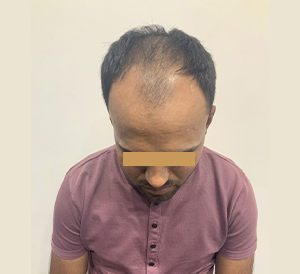
Before
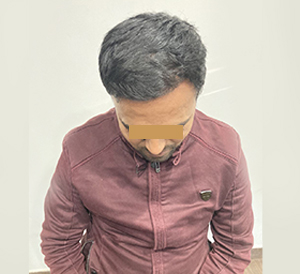
After

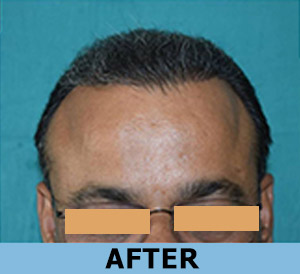


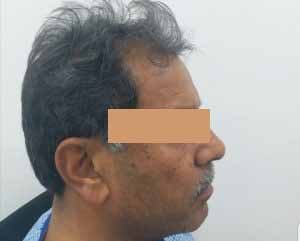
Before
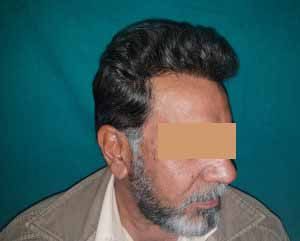
After
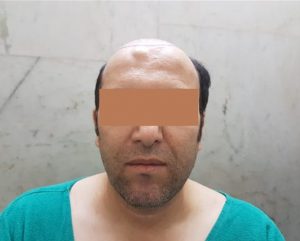
Before
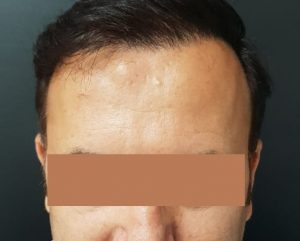
After
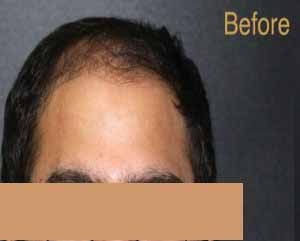
Before
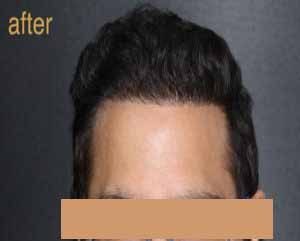
After
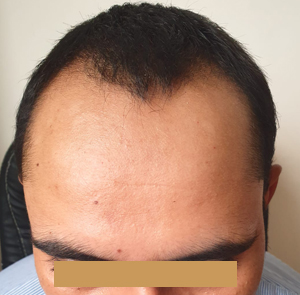
Before
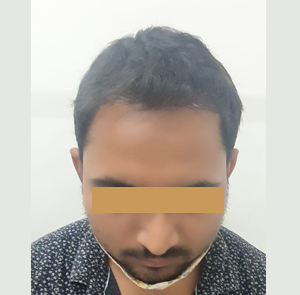
After

Before
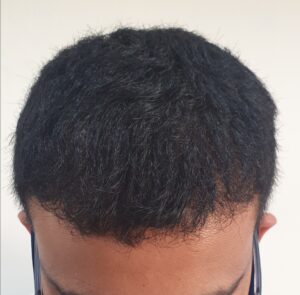
After
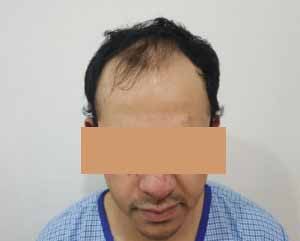
Before
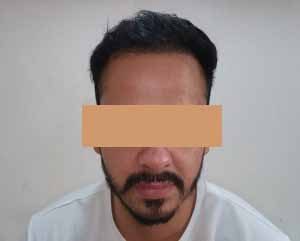
After
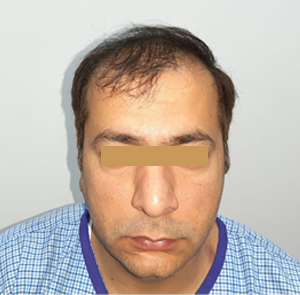
Before
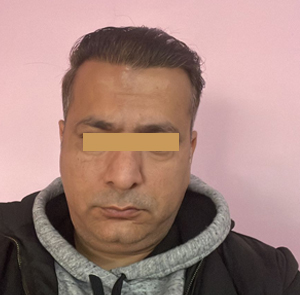
After
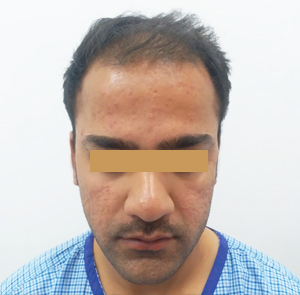
Before
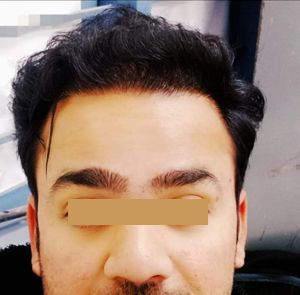
After
HAIR TRANSPLANT SURGEON IN DELHI/NCR
Hair loss and hair fall are two separate things. Hair fall is a natural daily occurrence. The human head contains over 100,000 hairs and one normally sheds 100 to 150 hairs a day, every hair is genetically programmed. In general, 85% of the hair on your head grow approximately 1 centimeter per month for about 2 to 6 years and then fall off. Hair loss is mainly caused by a combination of aging, change in hormones and family history (genetic) of baldness. As a rule, the earlier hair loss begins, the more severe the baldness will become. Hair loss can also be caused by burns or trauma, in which case hair replacement is considered a reconstructive treatment. However, hairs on back of your head are genetically programmed and scheduled to last long. Approximately, third of Indian men will show signs of male pattern baldness by the age of 20. The causes of female loss range often from iron deficiency to thyroid abnormalities to childbirth. For both sexes, hair loss causes diminished self-esteem, stress, anxiety, depression and feelings of social inadequacy.
If hair is a symbol of a person’s youth, the loss of it can act as a reminder of approaching old age for men entering their forties. Feel free to contact us for a hair loss treatment & the best hair transplant surgeon in Delhi NCR.
Female Pattern Hair Loss
The most common type of hair loss seen in women is androgenic alopecia, also known as female pattern alopecia or baldness. This is seen as hair thinning predominantly over the top and sides of the head. It affects approximately one-third of all susceptible women and is most commonly seen after menopause. Normal hair fall is approximately 100 – 120 hairs per day. Fortunately, these hairs are replaced. True hair loss occurs when lost hairs are not re-grown or when the daily hair shed exceeds 125 hairs. Genetically, hair loss can come from either parent’s side of the family.
Hair Transplantation Surgeon in Delhi/NCR
Best hair transplant surgeon in Delhi/NCR In hair transplantation, the hair on the back and sides is surgically moved to the top of the head in the form of a tiny skin graft. Because the hair on back is genetically programmed to grow a lifetime, it will continue to grow even though it’s been transplanted to a different site. This is a medical fact and has been repeatedly proven for more than thirty-five years.
For some patients, a hairline may need recreation; for others, more extensive hair replacement may be required. A few patients may want to correct sparse eyebrows or a scar on the scalp. All these individuals, both men and women, are good candidates for the procedure.
How is the Hair Transplant Procedure Performed?
Under local anesthesia, the donor hair grafts are harvested from a strip of skin taken from area between two ears depending on the extent of hair grafts. The strip is divided into small units of skin (grafts), each containing one to three hairs – the follicular units. Then recipient sites are created in the area of hair loss by making small slits in the bald skin. Each site is no bigger than the opening created by the needle used when blood is drawn from your arm. Then each of the grafts is carefully placed into each recipient site. The donor site in the back of the head is not visible. Three to four months later, the transplanted hair begins to grow and continues to grow a half inch per month for the rest of your life.
Why do some Hair Transplants look “more natural” than others?
Although hair transplantation has been performed for almost 35 years, it’s never become as popular as you might expect. One reason is that old fashioned grafts were simply too big. They contained 10 to 20 hairs, and when they grew, tufted doll’s head resulted. However, if the grafts are made very, very small, with only one follicular unit per graft, the density of the hair can be more evenly distributed and exactly approximate nature’s way. This is the basic principle that’s used in what’s commonly called follicular unit grafting.
What’s the difference between a micrograft and a follicular unit graft?
Micrografts and follicular unit grafts are often confused. Micrografts are simply grafts which contain either one or two hairs. They are cut randomly from the donor strip with no attention paid to the follicular unit groupings. Follicular unit grafts are actual isolated follicular units that naturally grew in groupings of one, two, or three hairs. In other words, one three haired follicular unit graft could be divided into 3 one haired micrografts.
How is the perfect frontal hairline created?
We use only single grafts in the front hairline, often 100 to 200 of them. Single hair follicular unit grafts are placed in the front rows, and behind them two hair grafts, and behind them the three haired grafts – thus attempting to duplicate the subtle feathered look of a natural thinning hairline.
How much pain should I expect? Are there any complications?
Essentially none. Most patients describe the session as easier than a visit to the dentist. Complications rarely occur, but occasionally numbness in the donor site may persist for two or three months after the procedure. Sometimes the donor region may loose hairs around the incision which is temporary.
What happens after hair transplant surgery?
Patient can resume light work from third day onwards. Sutures on back of head are removed after 10 days. However patient should not do any exercise fro three weeks or should shun any activity which will increase pressure in transplanted area. Mild swelling on forehead is possible which disappears after day or two.
You can have head bath from the 4th day onwards. Crusts, scabs and effluvium fall off in next 4 weeks. No special care, medicines or frequent visits to doctor are required.
The hairs will fall out of the newly transplanted follicles within two to six weeks after the procedure – this is normal!
